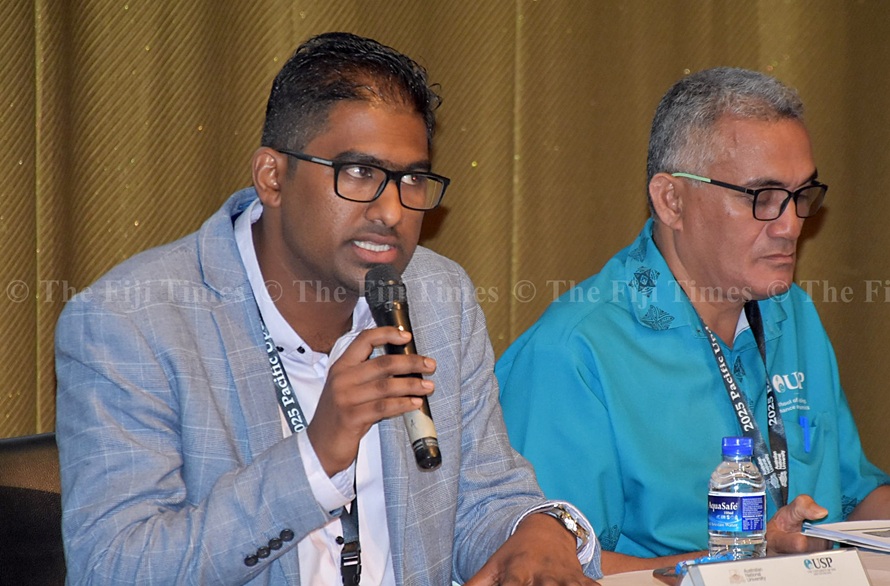The Pacific region was identified as the “fastest-growing” region in the world for the period 2010-2019.
The revelation was made during the 2025 Pacific Update by Stephen Howes, Director of the Development Policy Centre and Professor of Economics at the Crawford School of Public Policy at the Australian National University.
Prof Howes said they had studied 12 Pacific countries – Cook Islands, Fiji, Micronesia, Kiribati, Nauru, Palau, Marshall Islands, Samoa, Solomon Islands, Tonga, Tuvalu, and Vanuatu — as the focus of their research.
“There are three key points from our research,” he said.
“One is that the Pacific is economically unique. Two is that it was the fastest-growing region in the 2010s — which was a surprise to us. Three is that the gross national disposable income (GNDI) is the best metric for measuring Pacific economic performance.
“And it was only by using the GNDI measurement that we were able to make the first two points.”
The GNDI metric, he said, was a comprehensive measure of national income recognised by economists to be the best national income measure.
“GNDI theoretically is a better measure but not normally calculated because we are used to gross domestic product (GDP).
“To measure living standards, we need to know how much income a country gets – that can be by domestic production and net foreign income: remittances from workers abroad, government transfers, returns on foreign investments (investment income) and returns on sovereign assets, for example, through fishing licences or the rights to fish in Pacific waters for foreign fishing fleets.”
He said when it came to the Pacific, there was always an assumption that the region was “slow-growing”.
“This has been a standard assumption, and I’ve also said this in various papers and reports I’ve written that the Pacific is a slow-growing region. Sometimes we use the term ‘muddles through’, but we don’t think of the Pacific as a fast-growing region.
“We’re not showing here that it was fast-growing all the time or in the future, but for this period – 2010-2019 — we want to show that over the last decade it was, in fact, the fastest-growing region in the world.
“When we look at the GNDI, we can see the PICs show world-leading growth — 4.6 percent a year from 2010-2019 — better than South Asia at 3.7 percent, better than East Asia (China, Vietnam), better than the Americas, and better than any other region in the world — it’s quite remarkable, and we found it a surprise.”
The research, he said, helped them uncover that increased returns from fishing licence revenue and migration opportunities had directly and indirectly boosted national income and economic growth in the Pacific.
“Back in 2008, aid or government transfers as measures by the recipients was 18 percent of GDP. But despite the Pacific scale-ups and increased donor interest, that’s gone down to 11 percent now (2022). So this rapid growth in the Pacific hasn’t been driven by foreign aid.
“Remittances have shown strong growth. At the start of the period only 7 percent, but that has now gone up to 10 percent — not surprising because of new labour mobility schemes and emphasis on migration. Remittances are now just as important as a source of foreign income.
“The third is where you really see a stark change: the return on sovereign assets skyrocketed from third place at 6.3 percent to first place at 17 percent — it’s almost tripling in importance.”
Prof Howes said the Vessel Day Scheme, a fisheries management system used by Pacific countries party to the Nauru Agreement, had paid returns to the region and enabled it to capture more rent from foreign fishing businesses.
“We’ve known that but never integrated it into our business and growth analysis. That’s what GNDI has enabled us to do.”



